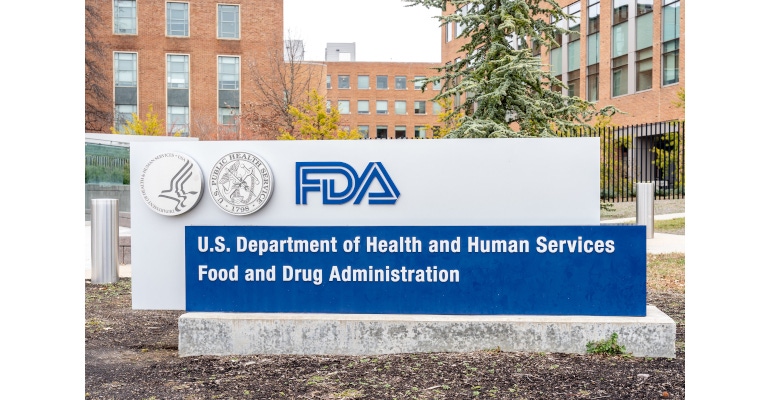FDA seeks feedback on medical device content labeling.

On May 20, 2021, FDA published a document (“Safety of Metals and Other Materials Used in Medical Devices”) requesting input regarding the best methods to use in conveyance of material information for a broader range of medical devices to both healthcare providers and patients. This idea began from safety concerns with various long-term devices that have received public scrutiny (such as breast implants and metal-on-metal hip implants). With these realized patient risks, it is understandable why FDA is asking for feedback regarding how to best communicate any possible safety hazards to clinicians and patients so that they can make an informed decision understanding the acceptable risks.
It is well understood that some materials can present a risk to a patient’s health if absorbed into the body. Many known plasticizers can be genotoxic and can affect the DNA of a patient. Some metals, such as nickel, are known to cause hypersensitivity reactions and even have cancer-causing effects. Recently it was even found that some plastics can cause an autoimmune reaction when patients are exposed to them!
However, the conundrum remains—what is the best way to communicate medical device ingredients to clinicians and patients in a way that would allow them to make informed decisions to mitigate risks? A few examples given by FDA suggested providing a detailed list of all the components found in an implant. While someone with knowledge of biocompatible materials would find such a specific list helpful, most people don’t have the deep understanding required for that information to be useful.
FDA seeks feedback on what level of labeling information would be useful, how to collect this in a least-burdensome way, and how to best present this information. One way this might be accomplished and may be more useful to both clinicians and patients would be to restrict this list to materials that could be a concern to specific patient populations (such as those with autoimmune disorders or hypersensitivities) instead of giving a detailed and exhaustive list of specific device materials on label. Therefore, just as food labeling alerts populations sensitive to tree nuts if food is processed in a tree-nut containing facility, medical device labeling could alert that a device contains materials that may cause an autoimmune reaction (such as DEHP). This information would allow the clinician and patient to make informed decisions about the risk versus benefits of device use.
Overall, providing useful information about medical devices is crucial for clinicians and patients to make informed decisions regarding their healthcare. FDA seeks to do this in a balanced way and has invited all stakeholders to provide feedback on the smartest and most-effective way to share medical device material information. Ultimately, patients have the desire and right to know what will be permanently part of their body, and clinicians need material information that makes them aware of potential contraindications (for example, presence of an auto-immune-reactive ingredient in a patient with Lupus). It is up to all of us to provide succinct and timely feedback to FDA so that our community—this collection of medical device professionals, regulators, and device users—can continue to maintain an environment of innovation while safeguarding patient health.
For more information and to submit comments by July 19, 2021, please see “Safety of Metals and Other Materials Used in Medical Devices.”
About the Author(s)
You May Also Like






